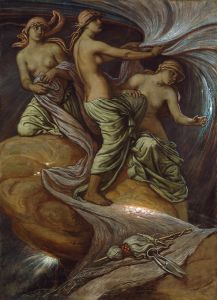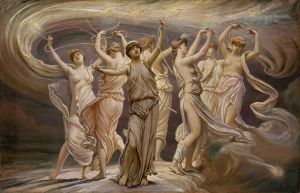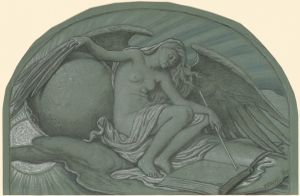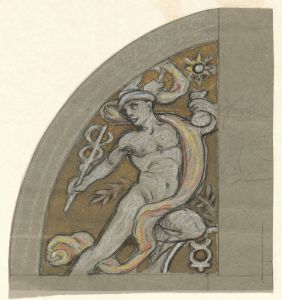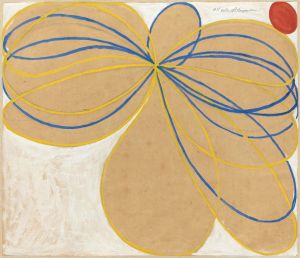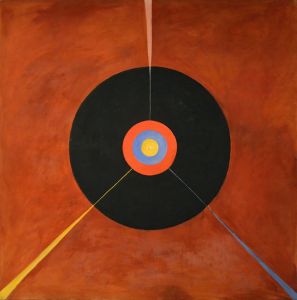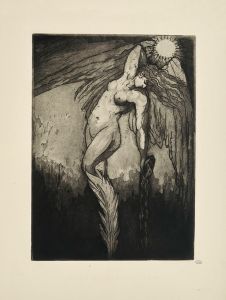
Primordial Chaos, No. 16, The WU-ROSEN Series. Grupp 1
A hand-painted replica of Hilma af Klint’s masterpiece Primordial Chaos, No. 16, The WU-ROSEN Series. Grupp 1, meticulously crafted by professional artists to capture the true essence of the original. Each piece is created with museum-quality canvas and rare mineral pigments, carefully painted by experienced artists with delicate brushstrokes and rich, layered colors to perfectly recreate the texture of the original artwork. Unlike machine-printed reproductions, this hand-painted version brings the painting to life, infused with the artist’s emotions and skill in every stroke. Whether for personal collection or home decoration, it instantly elevates the artistic atmosphere of any space.
Hilma af Klint was a pioneering Swedish artist and mystic whose work is now regarded as among the first in the abstract art movement. Born in 1862, she created a substantial body of work that remained largely unknown until the late 20th century. Her paintings, which often incorporate spiritual themes and geometric shapes, predate the abstract works of artists like Wassily Kandinsky and Piet Mondrian by several years. One of her notable series is the "Primordial Chaos" series, which includes the painting "Primordial Chaos, No. 16, The WU-ROSEN Series. Grupp 1."
The "Primordial Chaos" series is part of a larger collection known as "The Paintings for the Temple," which Hilma af Klint created between 1906 and 1915. This series consists of 26 paintings that explore the concept of creation and the origins of the universe, reflecting her interest in spiritualism, theosophy, and anthroposophy. These paintings are characterized by their vibrant colors, abstract forms, and symbolic content.
"Primordial Chaos, No. 16" is a striking example of af Klint's innovative approach to art. The painting features a complex interplay of shapes and colors, with swirling forms that suggest movement and transformation. The use of bold colors and dynamic compositions is a hallmark of af Klint's style, which was highly unconventional for her time. Her work often incorporates symbolic elements, such as spirals, circles, and crosses, which she believed represented spiritual concepts and universal truths.
Hilma af Klint's interest in spirituality and the occult was a significant influence on her work. She was a member of a spiritual group called "The Five," which conducted séances and explored mystical ideas. This group believed that they were in contact with higher spiritual beings who guided their artistic endeavors. Af Klint's paintings were often created as a result of these spiritual experiences, and she considered them to be a form of visual communication with the spiritual world.
Despite her groundbreaking work, Hilma af Klint's art was largely overlooked during her lifetime. She exhibited her work only a few times and was not widely recognized by the mainstream art world. Af Klint herself believed that the world was not ready to understand her paintings and stipulated that her work should not be shown until at least 20 years after her death. It wasn't until the late 20th century that her contributions to abstract art began to be acknowledged, leading to a reevaluation of her place in art history.
Today, Hilma af Klint is celebrated as a visionary artist whose work challenges traditional narratives of art history. Her paintings are now exhibited in major museums and galleries around the world, and she is recognized as a key figure in the development of abstract art. "Primordial Chaos, No. 16, The WU-ROSEN Series. Grupp 1" stands as a testament to her innovative spirit and her commitment to exploring the mysteries of existence through art.





